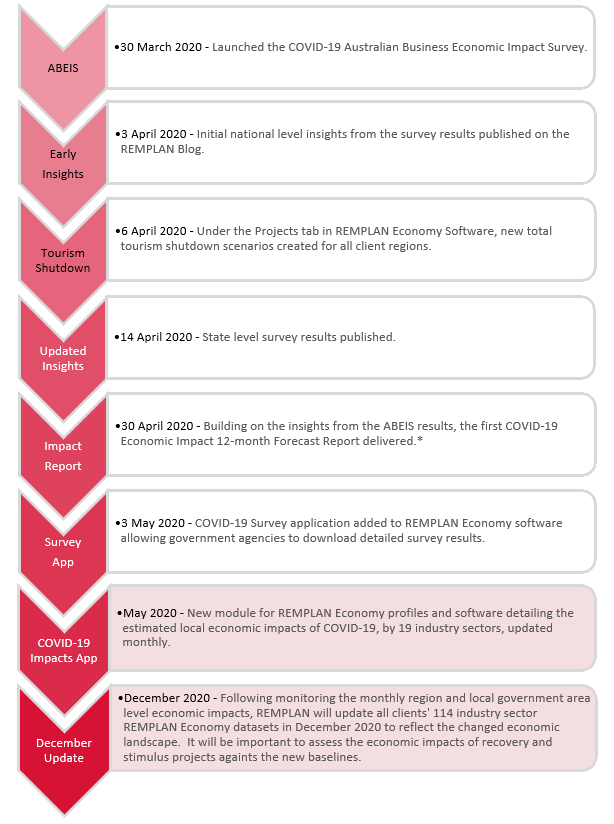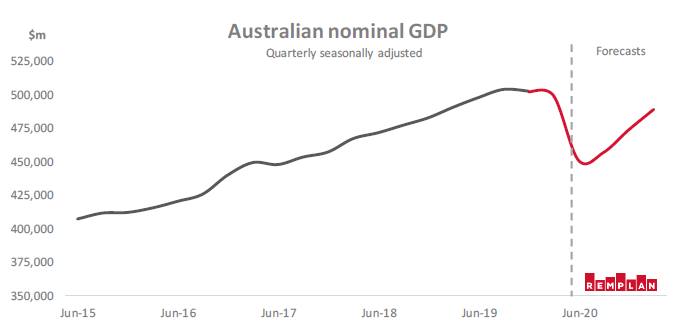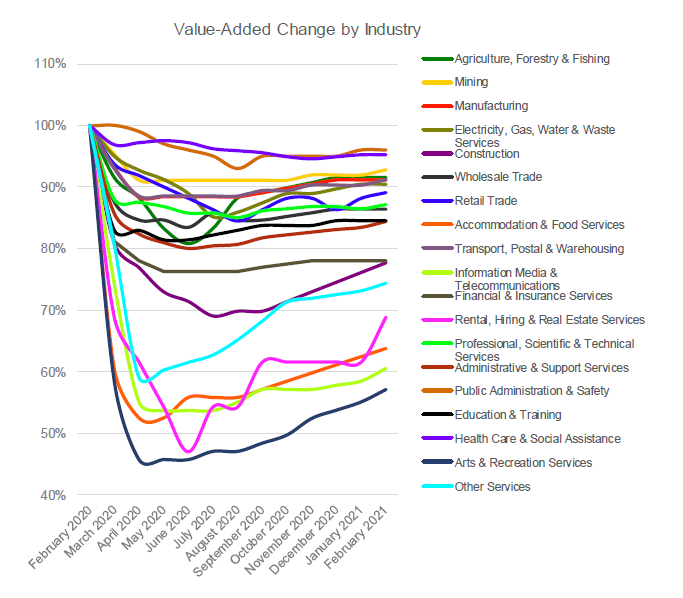12 May Timeline: COVID-19 Economic Impact Analysis
Most businesses and organisations across Australia, including REMPLAN, have needed to respond and adapt quickly to the COVID-19 environment.
For REMPLAN, part of this has related to adopting new IT systems to support the team to work from home, however the major changes for us relate to supporting our clients, who in turn are urgently supporting the businesses and industries in their states, regions and local government areas.
COVID-19 Australian Business Economic Impact Survey (ABEIS)
With clients across the nation, we have leveraged our unique position to deliver a nationwide survey of businesses (ABEIS), providing these results to government organisations to assist with economic recovery initiatives.
Building on these beginnings, we are working on additional resources to assist our clients during the remainder of the pandemic and on the other side. The diagram below outlines what has already been delivered, as well as key dates for new resources.

*Fees apply for the forecast reports, all other elements detailed in the timeline above incur no additional costs for REMPLAN clients.
COVID-19 Economic Impacts
In addition to providing government agencies with insights regarding the impacts of COVID-19, the ABEIS results are also delivering a database to the economics and forecasting teams at REMPLAN for estimating the impacts of COVID-19 for local economies across Australia.
This work initially focused on forecasting the impact of COVID-19 for the Australian economy overall. For a 12-month study period to February 2021, REMPLAN forecasts that Australia’s Gross Domestic Product will contract by 6.9 percent.

The national level analysis considers the forecast impacts by industry sector, which is an important part of the framework for forecasting the impacts at region and local government area levels. For example, the impacts of COVID-19 for retail trade are very different than for the health sector, and across regions the relative size and proportionate contributions of industry sectors vary greatly.
For a sector such as retail trade, it is also important to consider its detailed composition at a local level. Food related activities for example have performed very differently compared to clothing and footwear.
Additionally, there is a time dimension in terms of the forecast trajectories of recovery over coming months.
Example: Local Government Area Value-Added by Industry Trajectories

Finally, especially complex elements of forecasting the impacts of COVID-19 include the non-standard and non-linear relationships between output, employment and wages and salaries under the current environment. That is, the ratios between output, jobs and wages across industry sectors are different now than before the pandemic. The survey is providing valuable insights.
Despite lower revenue levels for most industries, the loss of jobs overall has been at a lower magnitude. The federal government’s JobKeeper program is playing a major role in this regard, however there are also other variables including businesses acting to retain key staff despite difficult trading conditions. The survey also reveals considerable variation from industry to industry. In retail trade for example there is a near linear and proportionate relationship between the loss of revenue and the loss of jobs. For professional services however, even though overall revenue has decreased, the corresponding loss of jobs is notably less pronounced.
From our clients there is a clear sense of urgency in terms of understanding the economic impacts of COVID-19 for their regions. We are supporting our clients with a staged, prudent and comprehensive approach to assessing the region-specific economic impacts of COVID-19.
As per the timeline above, this staged approach includes the roll out of the COVID-19 Impacts App this month, as well as the scheduled update of REMPLAN Economy datasets in December.
We hope that the above timeline places into context the activities to date, as well as the planned future actions. As always, please contact us for support and assistance and with any questions you may have.
REMPLAN Team
For further information about how to access the ABEIS data, please refer to our previous blog article.




REMPLAN | Local Economies During COVID-19: Month-by-Month Insights | REMPLAN
Posted at 06:07h, 09 June[…] This has not been an easy task. The rapid of changes that have taken place in addition to the divergence of once relatively linear economic relationships mean that estimating the scale and extent of job losses compared to revenue losses or value-added can be difficult (see our previous blog). […]